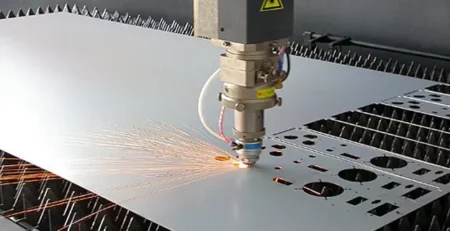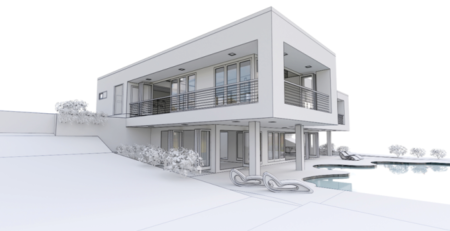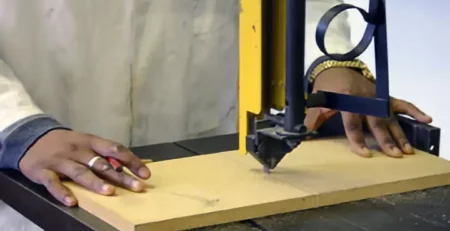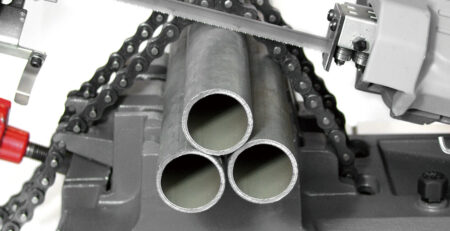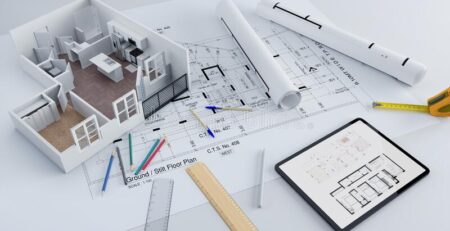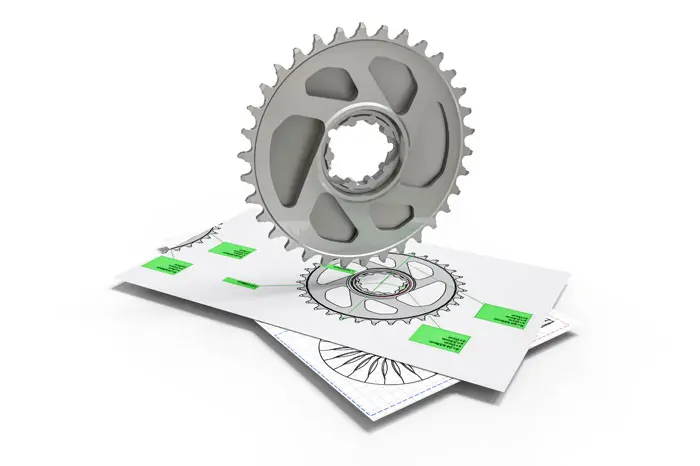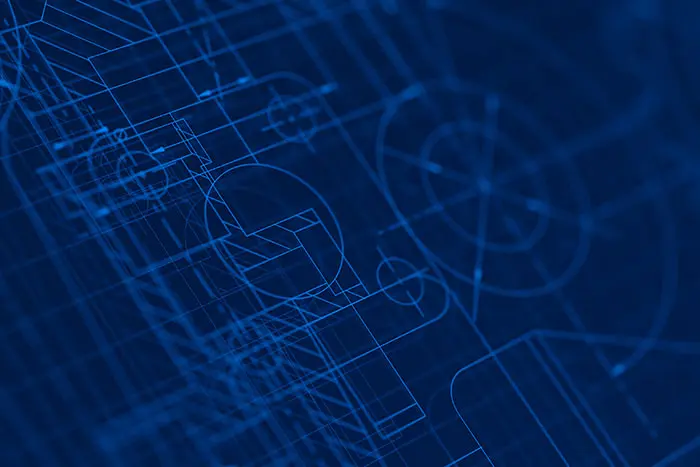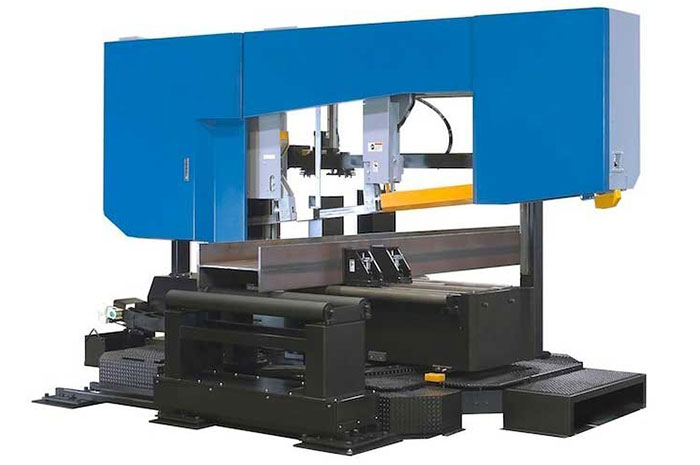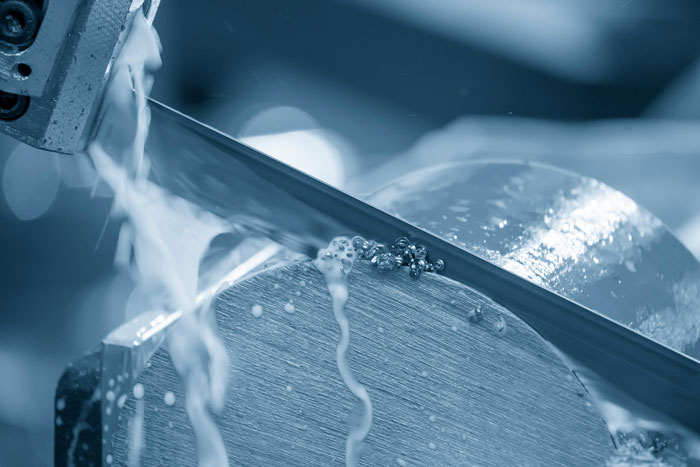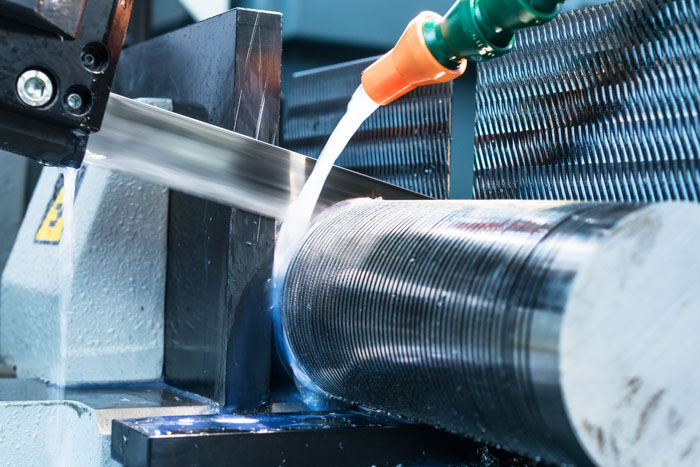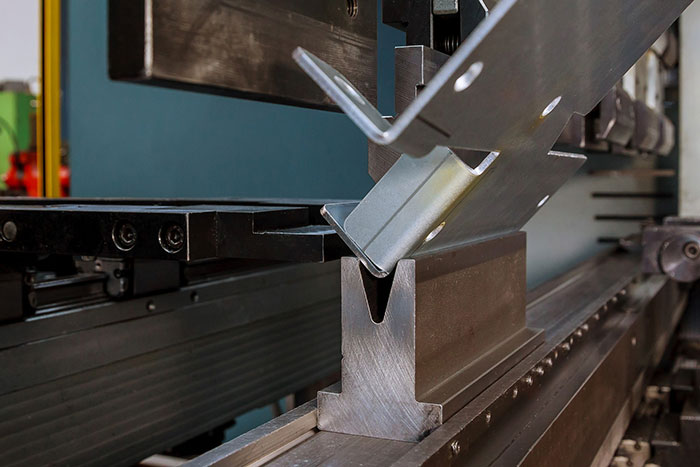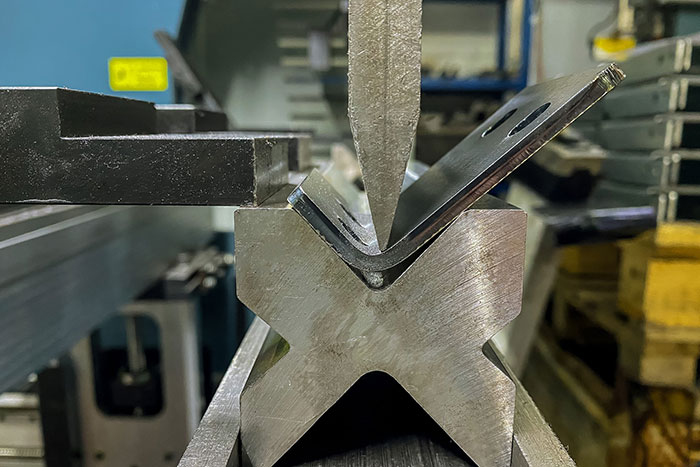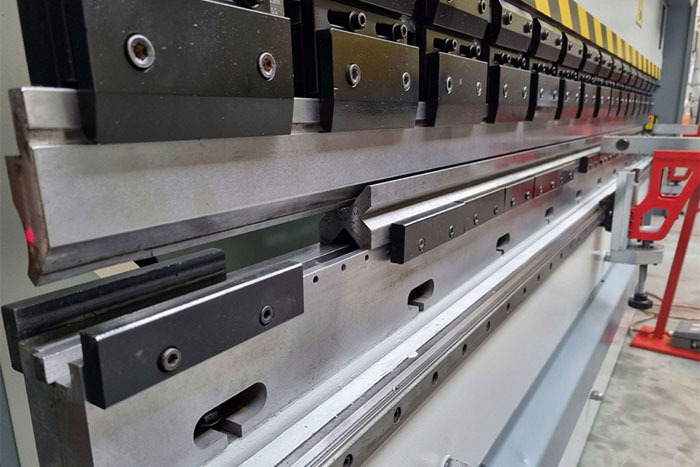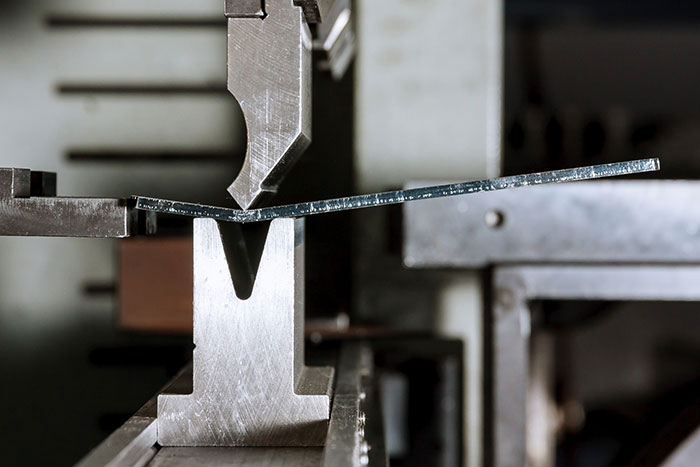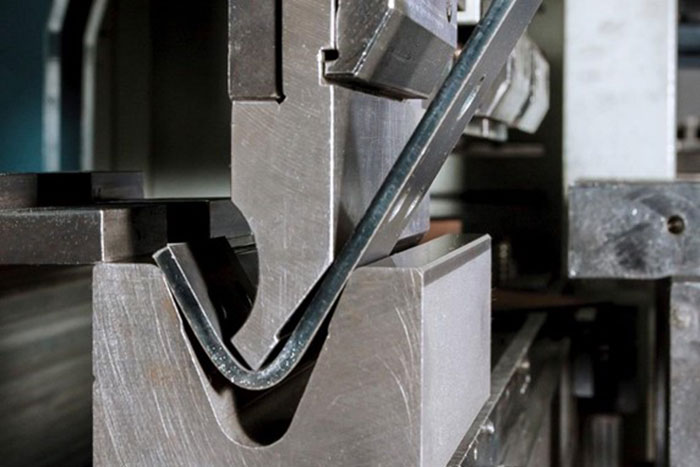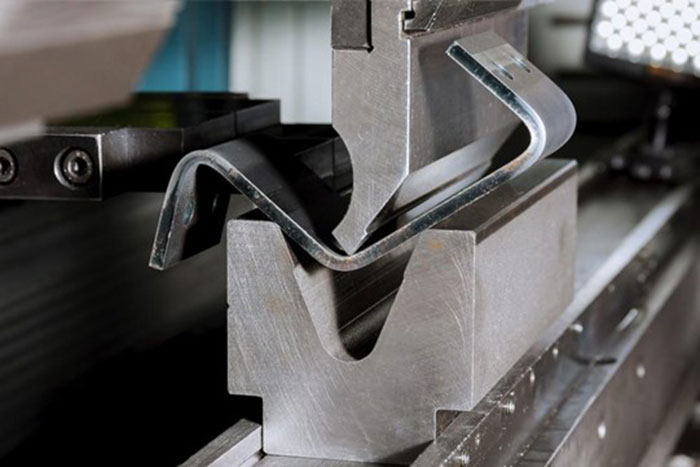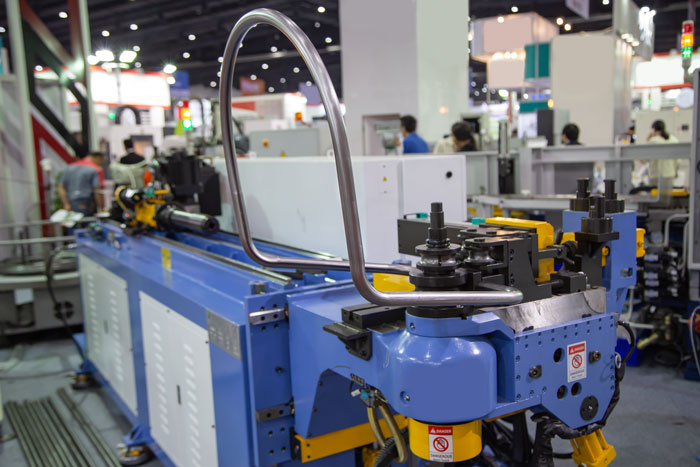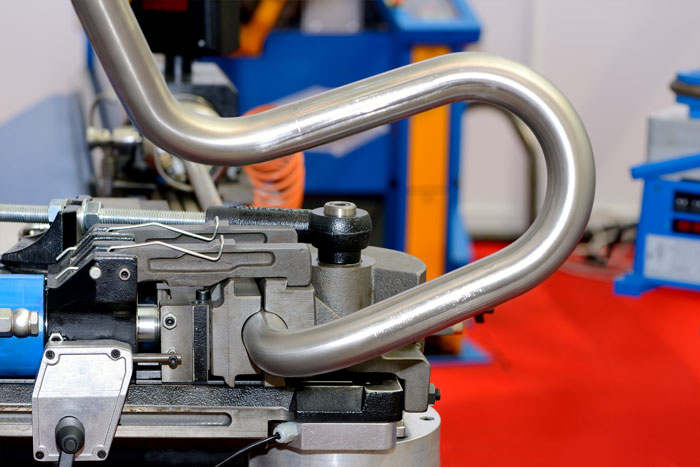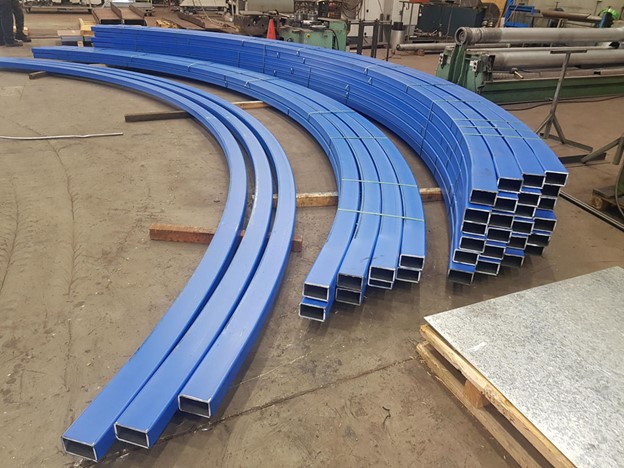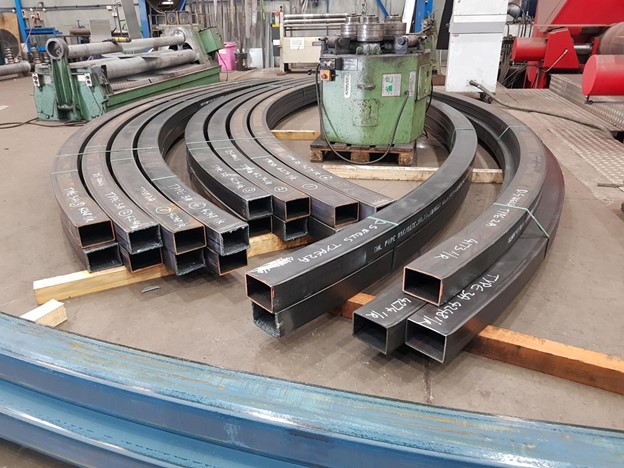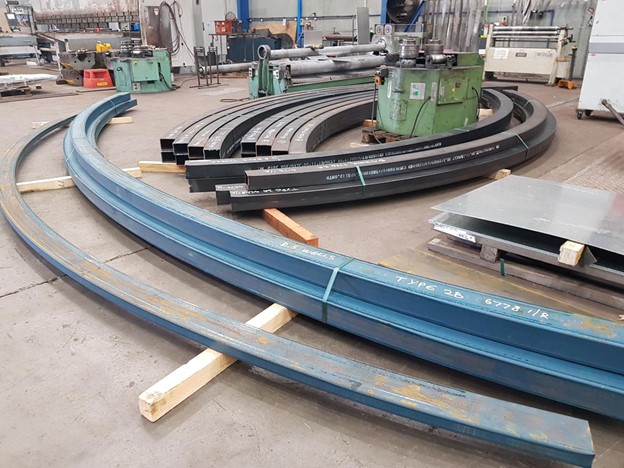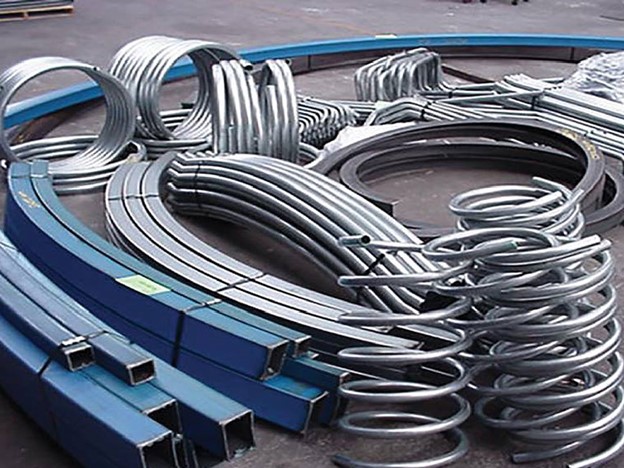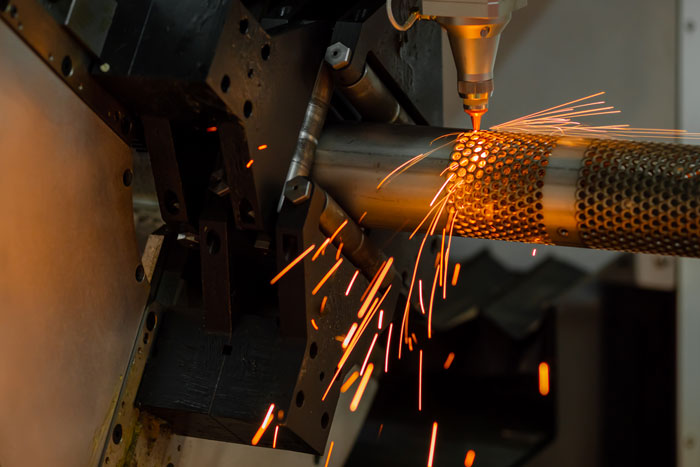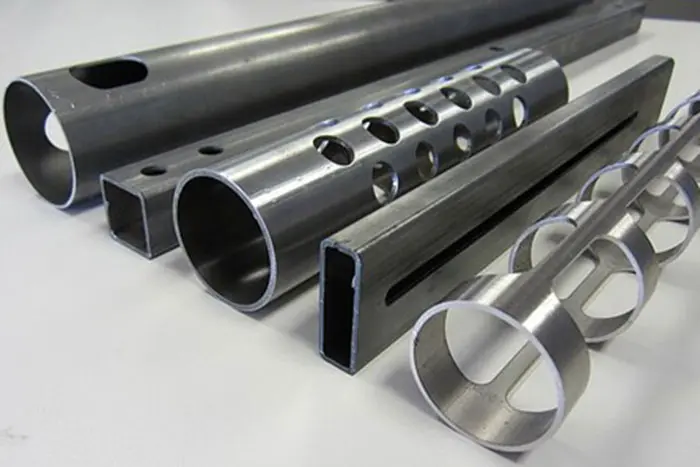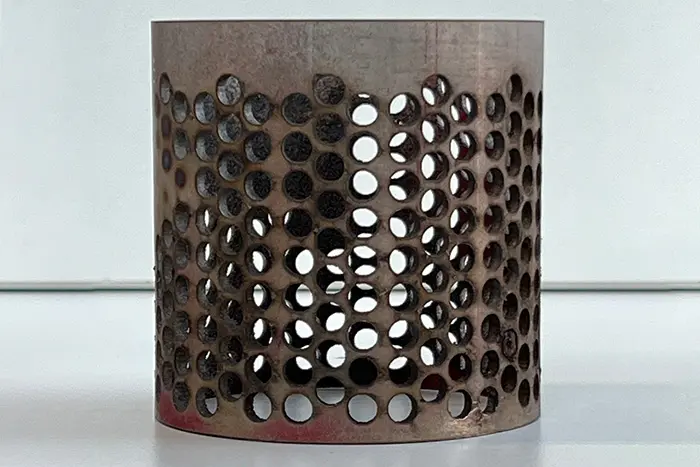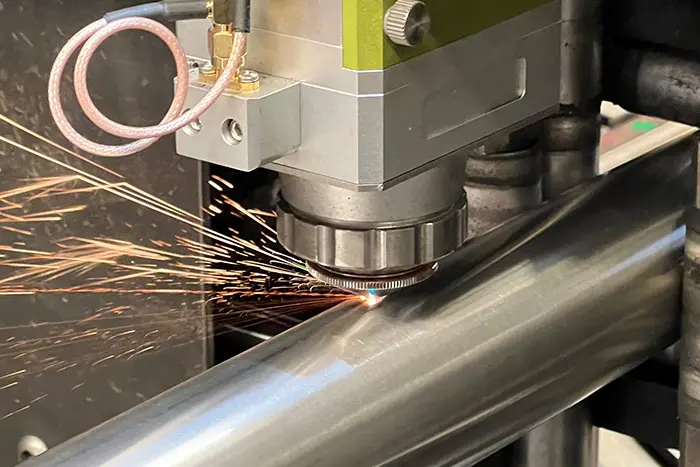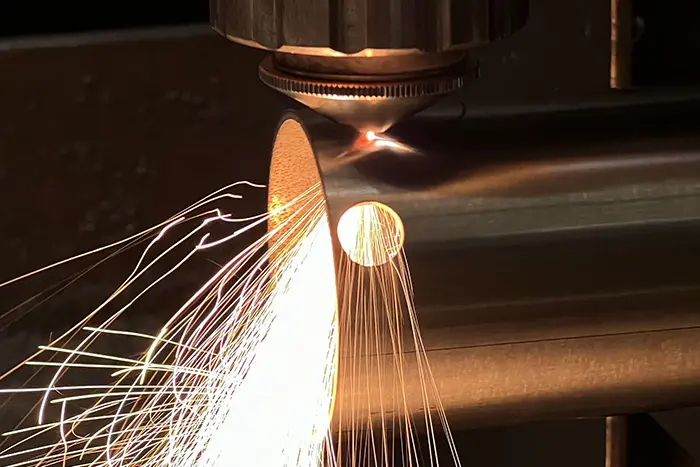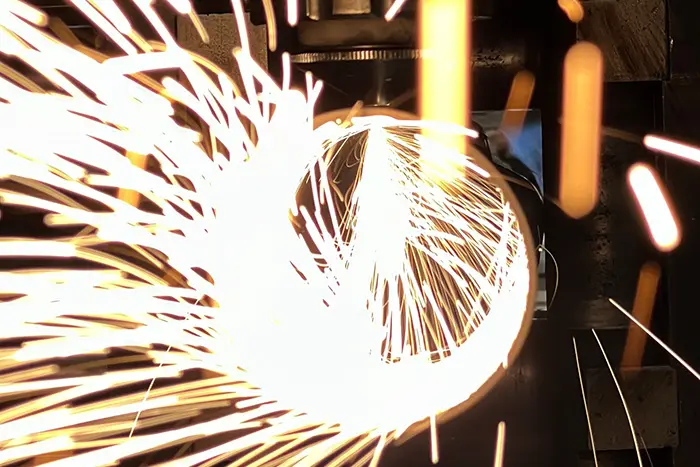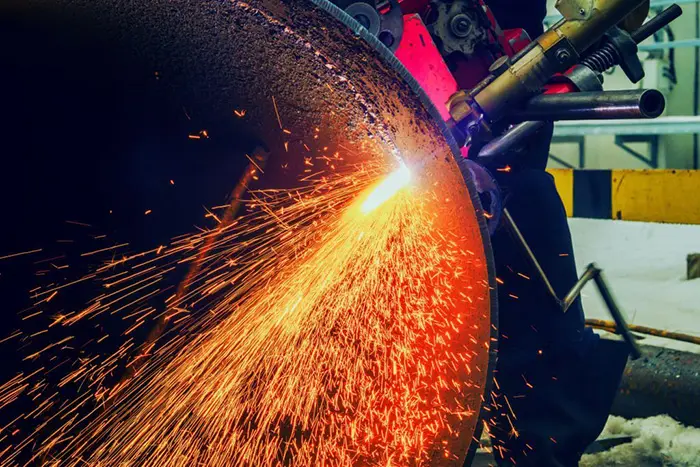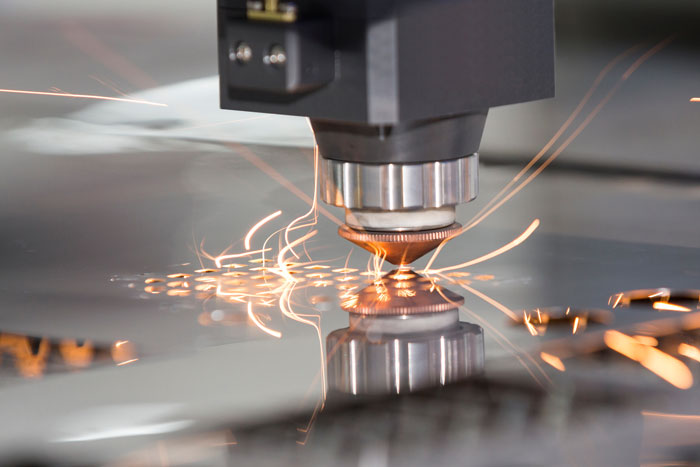Mastering the Art of Drafting 3D Models: Tips and Best Practices
Drafting 3D models has become an integral part of various industries, revolutionizing the design and development process. To harness the full potential of this technology, mastering the art of drafting 3D models is essential. This article presents valuable tips and best practices to help professionals enhance their skills, improve efficiency, and achieve outstanding results in their 3D modelling endeavours.
Tips and Best Practices for Mastering the Art of Drafting 3D Models
- Understand Design Intent: Before diving into drafting 3D models, it is crucial to comprehend the design intent fully. Gain a thorough understanding of the project requirements, desired outcomes, and functional aspects of the design. This comprehension will guide your modelling decisions and ensure that the final 3D model accurately reflects the intended design.
- Plan and Organize: Effective planning and organization are fundamental to successful 3D modelling. Start by outlining the modelling process, breaking it down into logical steps. Create a clear roadmap that identifies the required resources, timelines, and milestones. This structured approach will help streamline your workflow and optimize productivity.
- Utilize CAD Software Efficiently: Proficiency in computer-aided design (CAD) software is crucial for Mastering the Art of Drafting 3D Models. Familiarize yourself with the features and capabilities of the software you are using. Invest time in learning keyboard shortcuts, customizing settings, and utilizing advanced tools and functionalities. This knowledge will enhance your modelling speed and efficiency.
- Maintain Model Accuracy: Accuracy is paramount when creating 3D models. Pay close attention to dimensions, alignments, and proportions to ensure that the model represents the real-world object or design accurately. Regularly check and verify your work against design specifications to maintain model integrity for Mastering the Art of Drafting 3D Models.
- Optimize Model Topology: Efficient modelling requires clean and optimized model topology. Avoid excessive complexity or unnecessary details that could impact performance or hinder future modifications. Maintain a balance between detail and usability, ensuring that the model is lightweight and responsive.
- Implement Layering and Grouping: Organize your 3D models by implementing layering and grouping techniques. Assign logical names to different components or elements within the model. This organization simplifies model management, facilitates easy selection and modification, and improves collaboration with team members or clients until Mastering the Art of Drafting 3D Models.
- Master Model Lighting and Texturing: Lighting and texturing are essential aspects of 3D modelling that contribute to the model’s realism. Experiment with different lighting setups to achieve the desired ambience or mood. Skillfully apply textures and materials to enhance the visual appeal and convey the desired surface properties accurately.
- Embrace Iterative Design: Mastering the Art of Drafting 3D Models allows for iterative design processes. Embrace this flexibility by continuously refining and improving your models. Seek feedback from colleagues, clients, or experts to identify areas for enhancement. The iterative design ensures that the final model meets or exceeds expectations.
- Stay Updated with Industry Trends: The field of 3D modelling is constantly evolving, with new techniques, tools, and trends emerging regularly. Stay updated with the latest industry developments, attend workshops or webinars, and explore online resources. Continuously upgrading your skills and knowledge will keep you at the forefront of the industry.
- Collaborate and Seek Feedback: Collaboration and feedback are invaluable for growth and improvement. Engage with other 3D modellers, join online communities or forums, and participate in design challenges or competitions. Actively seeking feedback and incorporating suggestions from peers or experts will accelerate your learning and refinement process for Mastering the Art of Drafting 3D Models.
- Master Shortcut Keys: Take the time to learn Mastering the Art of Drafting 3D Models and utilize shortcut keys in your CAD software. These shortcuts can significantly speed up your workflow, allowing you to perform common tasks more efficiently.
- Use Reference Images: When creating 3D models, gather reference images or sketches of the object or design you are modelling. These references serve as visual guides, helping you accurately replicate proportions, shapes, and details.
- Experiment with Different Viewpoints: Explore your 3D model from different angles and viewpoints to ensure that it looks visually appealing from all perspectives. This approach helps identify any inconsistencies or issues that may arise when viewing the model from various angles.
- Maintain a Backup System: Always maintain a backup system for your 3D models. Regularly save versions of your work and consider using cloud storage or external drives for additional security. This practice ensures that your hard work is protected in case of any unforeseen circumstances for Mastering the Art of Drafting 3D Models.
- Optimize Performance: As your 3D models become more complex, consider optimizing their performance. This may involve reducing polygon counts, simplifying geometry, or utilizing LOD (Level of Detail) techniques to balance visual quality with performance requirements.
- Practice Material and Texture Mapping: Experiment with different materials and textures to enhance the realism of your 3D models. Explore techniques such as UV mapping and procedural textures to add depth and detail to your objects.
- Study Real-World Objects: Take the time to study real-world objects and understand their construction, functionality, and design principles. This knowledge will help you create more accurate and realistic 3D models that reflect the properties and characteristics of the objects you are modelling for Mastering the Art of Drafting 3D Models.
- Seek Inspiration: Draw inspiration from various sources, such as art, architecture, nature, and industrial design. Observing different styles, forms, and aesthetics will spark creativity and broaden your perspective when designing 3D models.
- Test Your Models in Different Environments: Consider testing your 3D models in various virtual environments or lighting conditions. This practice allows you to assess how your model responds to different lighting setups, ensuring that it remains visually appealing in diverse scenarios for Mastering the Art of Drafting 3D Models.
- Embrace Continuous Learning: The world of 3D modelling is ever-evolving, with new techniques and software updates regularly being introduced. Embrace a mindset of continuous learning by exploring online tutorials, attending workshops, or pursuing certifications to expand your skillset and stay up to date with industry advancements
Drafting 3D Models Services
Mastering the art of drafting 3D models requires a combination of technical skills, creativity, and a commitment to continuous improvement. By understanding design intent, planning meticulously, utilizing CAD software efficiently, maintaining accuracy, optimizing topology, and embracing iterative design, professionals can elevate their 3D modelling capabilities. Additionally, staying updated with industry trends, collaborating with others, and seeking feedback contribute to ongoing growth and excellence in this field. With these tips and best practices, individuals can unlock the full potential of drafting 3D models, delivering exceptional results and pushing the boundaries of digital design.


